Welcome to the world of road and highway design, where technology is reshaping the way we build our pathways. In this journey, we're going to explore a game-changer: BIM. But, what's the buzz about? How beneficial is BIM in crafting the roads we drive on and the highways we travel? Let's take a simplified dive into the world of BIM and its remarkable impact on road and highway design.
The Rocky Road to Progress: Challenges in Road, Highway and Bridge Infrastructure Development
Building roads, highways, and bridges isn't simply about pouring concrete and laying asphalt. It's a a complex symphony of engineering, environmental considerations, financial tightropes, and technological leaps. Each step can face challenges that threaten to derail progress, hindering the vital arteries that fuel a nation's growth.
Delving Deep: The Geotechnical Enigma
Imagine building a highway through shifting sands or a bridge on a foundation of hidden caverns. That's the geotechnical enigma. Understanding the ground beneath our feet is paramount, for every twist in soil composition or tremor in the earth can shake the very foundations of these majestic structures. Thorough investigations, robust designs, and innovative stabilization techniques are the weapons in this battle against nature's hidden forces.
Balancing Progress and Preservation
Building these networks necessitates land, sometimes at the expense of precious green cover. This not only diminishes biodiversity but also increases our carbon footprint and disrupts delicate ecosystems. The key lies in treading lightly. Environmental impact assessments, optimized energy efficiency measures, and creative landscaping solutions can help minimize the ecological footprint and ensure sustainable development.
Mastering the Flow of Traffic
Imagine weaving through a maze of detours, dodging construction cranes, and navigating impatient drivers – that's the reality of traffic management during infrastructure projects. Disrupted flows, increased congestion, and heightened accident risks are all part of the equation. To conquer this challenge, meticulous planning is key. Effective traffic management plans with clear signage, lane diversions, and temporary bypasses are crucial. Prioritizing worker safety through proper training and stringent protocols ensures a smooth construction process without compromising lives.
Budget Balancing Act
Road and bridge construction, spanning years and facing unforeseen hurdles like inflation, labor shortages, and changing site conditions, can easily send budgetary estimates into a tailspin. Poor initial cost estimations, inadequate risk assessments, and scope creep can further exacerbate the financial acrobatics. To stay afloat, the project team needs to be armed with reliable software, comprehensive feasibility studies, and robust cost control measures.
The Never-Ending Patchwork
Neglecting maintenance can lead to crumbling asphalt, weakened bridges, and a domino effect of safety hazards and skyrocketing repair costs. To avoid this, infrastructure authorities need to prioritize regular maintenance, implement effective asset management strategies, and allocate sufficient funds for proactive upkeep.
Embracing the Technological Crossroads
The construction industry is undergoing a technological revolution, and road, highway, and bridge projects are at the forefront. From Building Information Modeling ̣̣(BIM) to digital fabrication and robotic automation, the future of infrastructure beckons. But adopting these innovations demands overcoming resistance to change, upskilling the workforce, and fostering an environment of creative exploration. Only then can we harness the power of technology to build not just roads and bridges, but the very future of transportation itself.

How BIM Transforms Road, Highway and Bridge Design and Planning
Building Information Modeling (BIM) is revolutionizing the way we design and build complex infrastructure projects, like roads, highways, and bridges. It's no longer just about lines on a blueprint; BIM creates a 3D digital model that encompasses every aspect of the project, from the tiniest bolt to the vast expanse of a bridge deck.
Enhanced Visualization and Collaboration
Imagine stepping into a virtual world where you can walk alongside a proposed highway, inspecting drainage systems, visualizing traffic flow, and pinpointing potential issues before a single shovel hits the ground. BIM's immersive 3D models break down communication barriers between engineers, architects, and contractors, fostering seamless collaboration and ensuring everyone is on the same page from the get-go.
Clash Detection and Risk Mitigation
Imagine a world where collisions between bridges and power lines, or clashes between pipes and roadways, are identified and eliminated before they become costly construction headaches. BIM's clash detection capabilities scan the model for potential conflicts, allowing designers to proactively adjust plans and avoid rework, saving time and money.
Optimized Design and Efficiency
BIM's simulation tools allow engineers to test different design options, analyze traffic flow patterns, and optimize materials usage. This leads to more efficient, cost-effective, and sustainable infrastructure that stands the test of time.
Sustainable Infrastructure Development
BIM isn't just about building roads; it's about building a better future. By integrating sustainable practices into the design process, BIM helps you choose eco-friendly materials, optimize energy consumption, and incorporate features like green infrastructure and renewable energy systems.
Simulated Analysis and Performance Evaluation
Want to know how your road will handle rush hour traffic or how a bridge will withstand the harshest weather? BIM has the answer. By simulating real-world conditions, BIM can analyze factors like traffic flow, structural integrity, and environmental impact, helping you optimize your design for maximum performance.
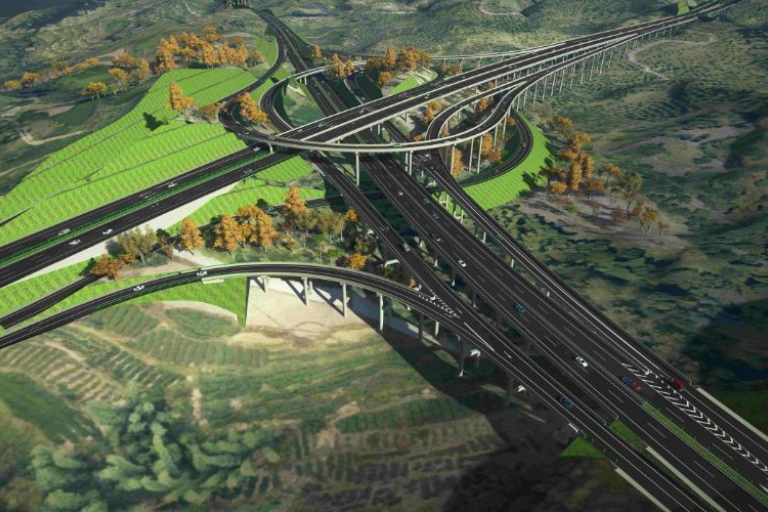
Read more: Incredible Benefits Of BIM In The Construction Industry
How BIM Revolutionizes Road, Highway, and Bridge Construction
Precise BOQs and Cost Estimation
BIM's 3D model acts as a virtual blueprint, generating precise quantities for materials and associated costs. This eliminates the need for manual calculations and reduces errors, leading to more accurate budget projections. Construction managers can now confidently control costs, while contractors can make informed decisions about procurement and construction, ensuring smooth financial sailing throughout the project.
Planning and Sequencing: Building the Right Way, Every Time
BIM isn't just about designing; it's about building smarter. By simulating the construction process virtually, BIM allows contractors to map out detailed schedules, identify potential logistical bottlenecks, and optimize resource allocation. Imagine visualizing the sequence of construction, identifying potential clashes between pipes and foundations, and adjusting accordingly. This proactive approach minimizes delays, maximizes efficiency, and keeps the project on track.
Collaboration Takes the Wheel
BIM breaks down communication silos, creating a central platform for all stakeholders. Project managers, contractors, subcontractors, and even suppliers can access the same model, collaborate on activities, resolve conflicts in real-time, and share critical information. This fosters transparency, reduces errors and rework, and ensures smooth on-site execution. Think of it as a virtual meeting room where everyone has a seat at the table, building a better infrastructure together.
BIM for Efficient Road, Highway, and Bridge Management, Maintenance
Know Your Assets Inside Out
BIM integrates crucial asset data like maintenance schedules, component specifications, and even historical performance into the 3D model. This becomes your one-stop shop for managing assets efficiently, planning maintenance with precision, and making informed decisions about repairs, replacements, and even future expansion.
Predicting the Future, Fixing the Present
By linking the BIM model with asset management systems, you can monitor the condition of key components and predict when they might need attention. This predictive maintenance approach identifies potential issues before they turn into costly headaches, keeping your roads and bridges humming along smoothly for years to come.
Smooth Operations, Sustainable Future
BIM provides facility managers with instant access to everything they need about the network. Locating components, retrieving documentation, visualizing maintenance tasks – it's all done seamlessly within the model. This not only boosts operational efficiency and enhances safety planning but also empowers sustainable practices. Tracking energy consumption, analyzing performance, and implementing smart green initiatives all become second nature with BIM as your guide.
Examples of BIM for Road and Highway Design
Crossrail, United Kingdom
In the United Kingdom, the Crossrail project is like a super-fast train tunnel cutting through London. BIM stepped in to help design this underground wonder. It created a virtual world where designers and builders could work together, catching problems early. This made sure the trains would zoom through without any surprises.
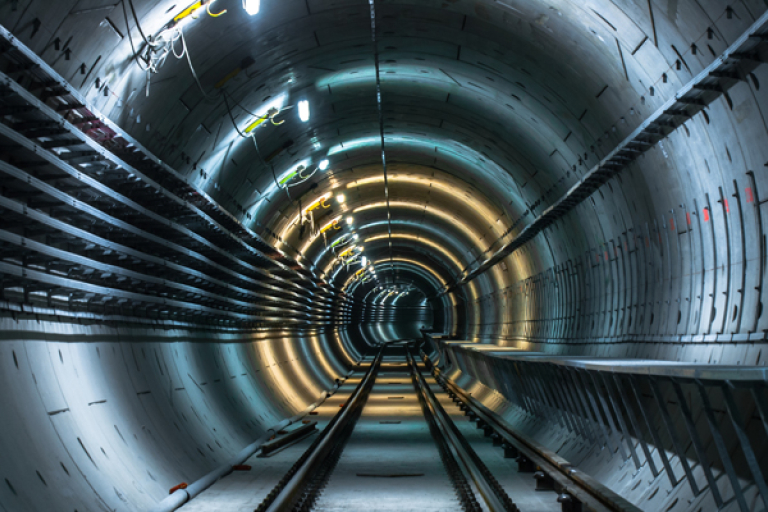
Doha Expressway, Qatar
Over in Qatar, the Doha Expressway is like a network of roads connecting the city. BIM was the secret sauce here, helping teams see the big picture in 3D. It sorted out clashes, making sure all the roads fit together like pieces of a puzzle. BIM also helped with cost estimates, making sure the budget stayed on track.
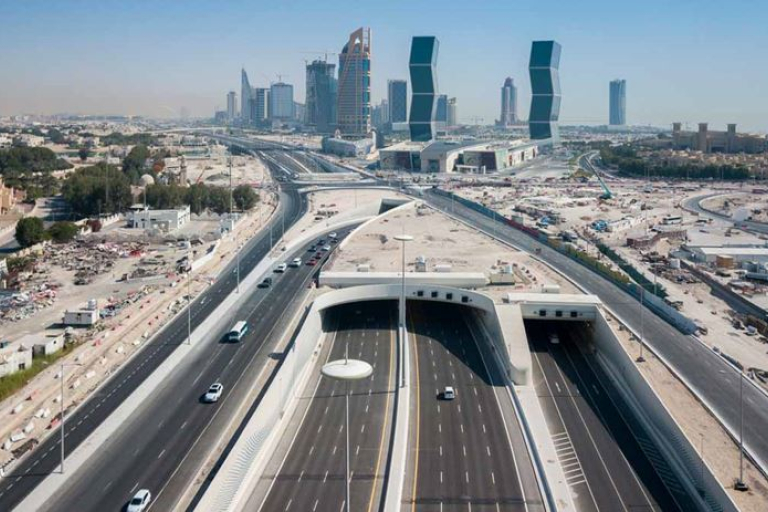
Sydney Metro, Australia
Down under in Australia, Sydney is getting a fancy new metro system. BIM played a starring role by creating a virtual world where designers, engineers, and builders could collaborate. This digital helper made sure everyone was on the same page, avoiding mix-ups and delays. It's like having a superhero guide for building the city's futuristic metro.
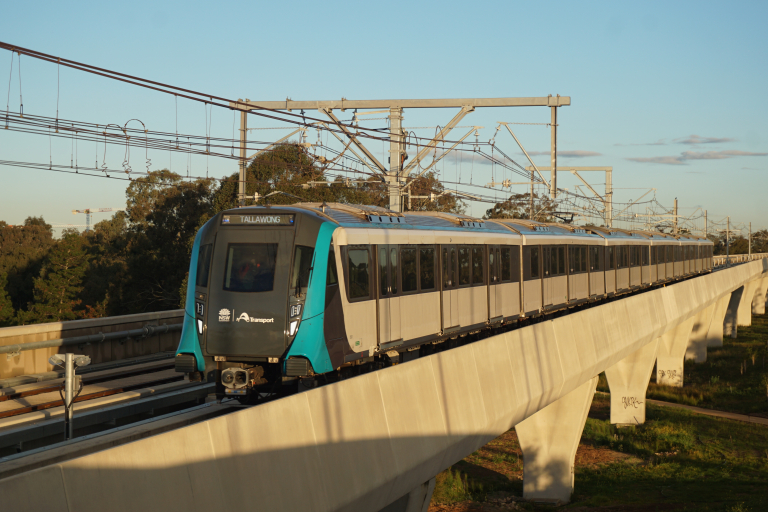
Gotthard Base Tunnel, Switzerland
Switzerland boasts the Gotthard Base Tunnel, one of the world's longest train tunnels. BIM played a crucial role in this epic project by helping teams see the tunnel's design in 3D. It worked like a detective, finding and fixing problems before the builders got to work. BIM made sure this massive tunnel project went off without a hitch.
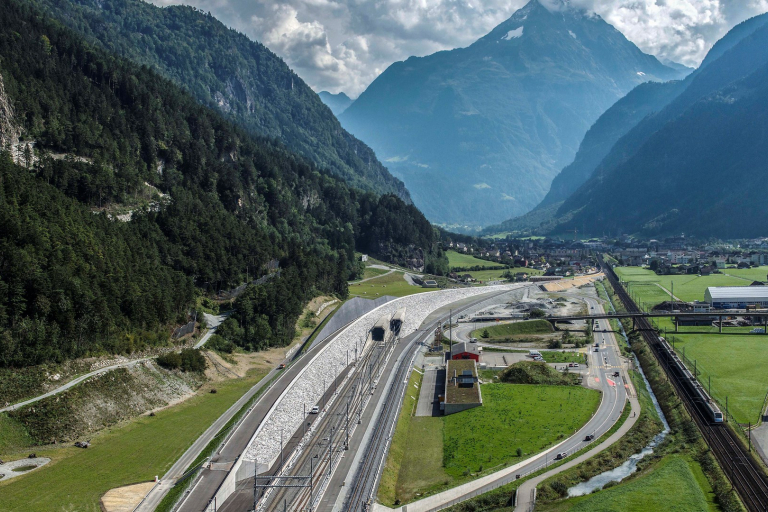
Build Smarter, Build Stronger: Introducing Harmony AT's BIM/CIM Modeling Services for Infrastructure
Building roads, highways and bridges isn't just about connecting points on a map; it's about sculpting the arteries of civilization. At Harmony AT, we understand the complex challenges that come with navigating this intricate maze. That's why we offer world-class BIM/CIM modeling services, built not just on cutting-edge technology, but also on decades of experience and unwavering dedication to excellence.
Harmony AT isn't just a service provider; we're your trusted partner in navigating the ever-evolving landscape of infrastructure development. We offer not just BIM/CIM expertise, but also a collaborative spirit, a constant drive for innovation, and an unwavering commitment to your success.
If you have any questions, contact us here for answers.
Categories





